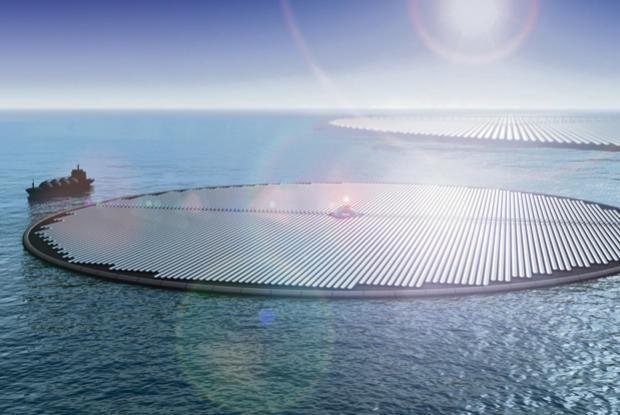An Adelaide solar project Geits ANZ is proposing, is the construction of a floating solar power plant that is designed to be more than 50 percent more efficient than solar power systems based on land.
Pilot floating solar power projects are now being tested in India, France and Australia as companies continue to find ways to improve the efficiency of solar power systems.
Adelaide Solar Project – How It works
Geits ANZ director Felicia Whiting says that the design of the South Australian Adelaide solar energy project is almost the same as a traditional solar power system except that the former will float on water. She added that the body of water provides a cooling effect on the solar panels. With the inclusion of a cooling system, the design makes the solar panels’ temperature steady at a certain temperature level.
The Adelaide solar energy project, according to Whiting, will also prolong the life of PV panels as well as being more efficient. The design includes a high density, buoyant polyethylene pipe and a structural steel pontoon where the PV panels are inserted. She likened the Adelaide solar energy project design to a racking structure with buoyancy.
Studies have shown that if the exterior of a solar panel is cool, then the ability of the structure to generate power increases by around 16 per cent. As the proposed Adelaide solar panels are on water, the boards will remain cool and thus more efficient in generating energy.
Similar Projects
Another pilot project, similar to the proposed floating Adelaide Solar power plant, has been launched in India, where problems in land have hindered the progress of solar energy. Project proponent SP Gon Choudhury said the project is revolutionary as it can address the problem of land where solar power stations can be built.
Choudhury’s floating solar power plant design is a raft-like platform attached with hollow tin drums that float on water. The raft is then fitted with a solar panel, which can cut off direct sunlight and slow down the evaporation rate.
According to Choudhury, the plan is to put up floating stations on reservoirs and dams of hydroelectric power plants. He said this would help in conserving water particularly during the dry seasons when hydroelectric power plants are not able to produce that much energy due to low water levels.
That benefit also comes in handy for a dry climate country like Australia. According to Whiting, the floating solar power plant can save as much as 2.5 meters of water evaporation depth on a yearly basis.
A similar undertaking to the Adelaide solar project was also launched in France; with the French company Ciel ET Terre calling theirs the world’s first large-scale floating solar energy generation system. The French project consisted of two moulded floats manufactured out of HDPE plastic, with one supporting the solar panel while the other serving as a link to provide maintenance access. Then the floats are linked together, forming solar islands through an organization of connection pins.
The French floating solar power system will be deployed in unused bodies of water like water treatment plants, dams, and irrigation ponds. Like the Indian model, the French prototype addresses the issue of land availability.



